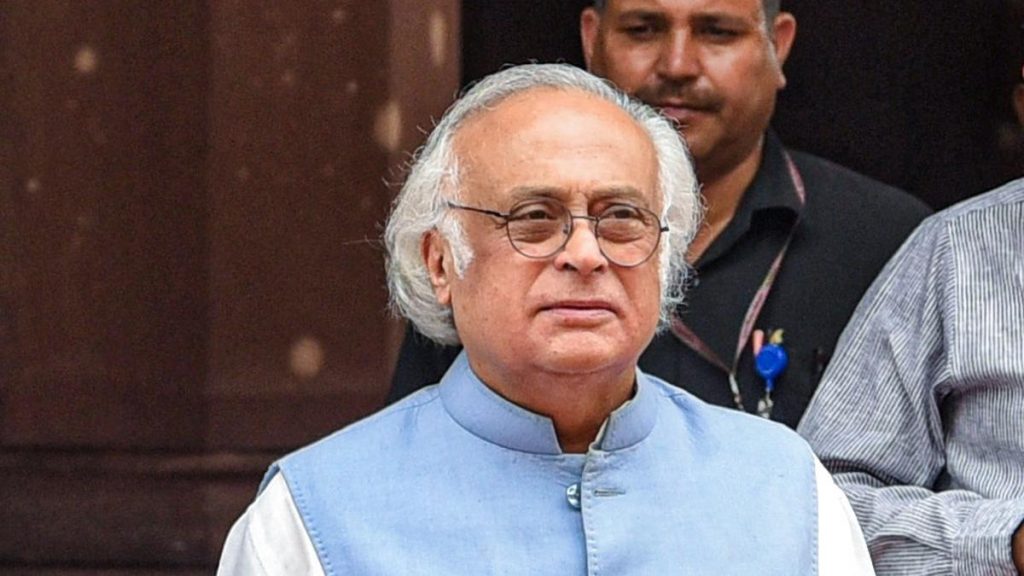Now Reading: Ancient Egyptian Genome Study Reshapes Historical Understanding
-
01
Ancient Egyptian Genome Study Reshapes Historical Understanding
Ancient Egyptian Genome Study Reshapes Historical Understanding

Rapid Summary:
- Scientists have sequenced the first complete genome from ancient Egypt, dating back 4,500-4,800 years ago.
- The remains belong to a man discovered in 1902 near Nuwayrat, south of Cairo. He was preserved in sealed clay pottery and now stored at Liverpool’s World Museum.
- Genetic analysis reveals he had brown eyes, dark hair, and dark skin. Approx.80% of his ancestry was ancient North African and 20% traced to West asia/Mesopotamia (modern-day Iraq/Iran).
- This provides the first genetic evidence supporting suspected population movement between Nile Valley and Mesopotamia.
- Researchers highlight that hot climate frequently enough destroys genetic material in Egyptian remains; advances like shotgun sequencing enabled this breakthrough using DNA preserved in tooth cementum.
- Forensic studies suggest the man stood just over 5 feet tall and lived between ages of 44-64-a long lifespan for his era-likely working as a potter based on skeletal wear pattern analysis.
Indian Opinion Analysis:
This genomic breakthrough sheds light on ancient human migrations between North Africa and Mesopotamia-two foundational civilizations with long-standing commercial ties via land routes. It sets an early precedent for collaborative research merging archaeology with advanced genomics to explore ancestry-driven interactions globally. For India-which has diverse historical migratory records-similar studies could enhance understanding of cross-regional influences during its early formations.
The use of novel DNA sequencing technologies amidst challenging climates also demonstrates science’s capability to unlock seemingly inaccessible chronicles from history; Indian researchers may consider adopting or refining such methods for studying ancient local populations amid humid tropical conditions. With Egypt often being studied alongside Indus Valley Civilization due to shared timeframes in global history’s cultural evolution narratives, findings like these open new doors for richer comparative analyses about trade networks shaping ancient human societies.

























